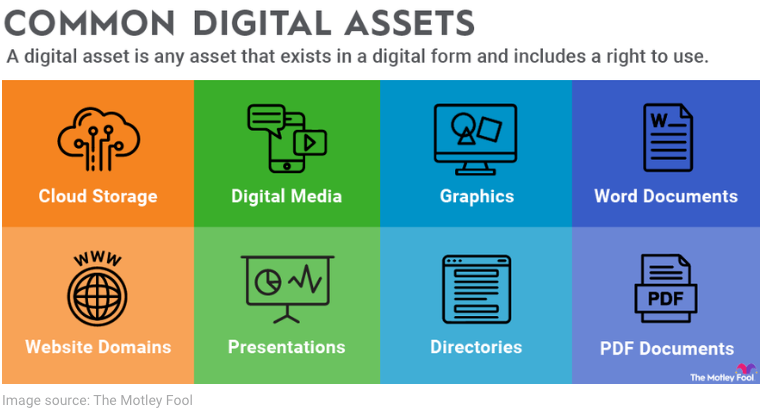Table of Contents
Institutional Blockchain Adoption: A New Era for Digital Assets
This massive investment represents more than just capital allocation—it signifies a fundamental restructuring of the financial world, establishing blockchain as a critical infrastructure layer for modern finance.
Check out our latest published article on the same subject:

The $100B Corporate Crypto Treasury Surge
Corporations worldwide are strategically integrating cryptocurrencies like Bitcoin and Ethereum into their treasury operations as strategic reserves. Galaxy Research reveals that companies collectively hold over 3.98% of Bitcoin's circulating supply and 1.09% of Ethereum's total supply. Leading corporations such as Strategy, Metaplanet, and SharpLink have accumulated over $100 billion in digital assets, demonstrating this paradigm shift in corporate treasury management.
This transformation is driven by cryptocurrencies' dual value proposition: serving as an effective hedge against inflation while generating yields through staking mechanisms. Ethereum's staking capabilities have proven particularly attractive to corporate treasuries, with Standard Chartered projecting that corporate holdings could reach 10% of total ETH supply by 2030. Companies can now generate passive income from their digital asset holdings, fundamentally altering traditional treasury management approaches.
The trend extends beyond Bitcoin and Ethereum, with corporations diversifying into alternative cryptocurrencies. Abu Dhabi's Phoenix Group exemplifies this strategy, investing $150 million in a diversified crypto portfolio including 630,000 Solana tokens. This diversification underscores the strategic recalibration occurring in corporate treasuries globally.
Strategic Institutional Infrastructure Investments
Financial institutions are actively integrating blockchain technology into their core operations, moving beyond passive cryptocurrency holdings to comprehensive infrastructure development. Major banks including HSBC, Goldman Sachs, and SBI are leading this transformation, investing heavily in blockchain-based solutions for payments, tokenization, and custody services.
These strategic initiatives focus on modernizing legacy financial systems, dramatically reducing operational costs and improving efficiency in cross-border settlements. HSBC's tokenized gold platform and Goldman Sachs' blockchain settlement tool, GS DAP, exemplify how traditional financial institutions are leveraging blockchain to enhance their service offerings. These innovations aim to make cross-border payments nearly instantaneous while reducing transaction costs by up to 70%.
The infrastructure investments extend to tokenization platforms that transform traditionally illiquid assets into tradeable digital tokens. This innovation unlocks liquidity in real estate, bonds, and other asset classes, creating new investment opportunities and market efficiencies. The tokenization market is projected to reach $19 trillion by 2033, representing unprecedented value creation potential.
The Rise of Institutional-Grade Custody and Compliance
As digital asset adoption accelerates, sophisticated custody and compliance solutions have emerged to meet institutional requirements. Companies like Fireblocks, Anchorage, and BitGo have become essential infrastructure providers, offering secure storage solutions and automated compliance services that meet institutional standards.
These custody solutions go beyond simple asset storage, providing comprehensive services including automated compliance checks, validator services for ETFs, and tokenized product management. The development of institutional-grade custody solutions has removed significant barriers to entry for traditional financial institutions seeking to integrate digital assets into their operations.
Regulatory developments have provided crucial clarity and confidence for institutional participation. Legislative measures such as the CLARITY Act have established robust frameworks for digital asset adoption, while initiatives like the GENIUS Stablecoin Bill demonstrate growing regulatory acceptance. This regulatory clarity has enabled institutions to scale their investments significantly, as evidenced by Japan's Metaplanet raising $3.73 billion specifically for Bitcoin accumulation.
Tokenization of Assets and Market Transformation
Tokenization represents a pivotal frontier in the blockchain revolution, offering unprecedented liquidity to traditionally illiquid markets. According to EY-Parthenon research, 57% of institutional investors are actively targeting tokenized assets spanning real estate, bonds, and other alternative asset classes. This trend is driven by three compelling factors: enhanced liquidity, improved transparency, and access to previously inaccessible asset classes.
The tokenization process enables fractional ownership of large-scale assets, allowing investors to trade shares in massive real estate projects or long-duration bonds with unprecedented ease. This innovation democratizes access to high-value assets while creating new liquidity pools that benefit all market participants.
Major financial institutions are pioneering tokenization initiatives that demonstrate the technology's transformative potential. These blockchain-based platforms not only improve operational efficiency but also create new revenue streams and market opportunities for both institutions and their clients.
Investment Implications and Strategic Opportunities
The blockchain investment surge creates diverse opportunities across multiple sectors and investment strategies. Companies focused on crypto treasury management, blockchain infrastructure development, and tokenized asset platforms are positioned for significant growth as institutional adoption accelerates.
Investors should consider a diversified approach across blockchain infrastructure providers, tokenization platforms, and digital asset management companies rather than concentrating solely on cryptocurrency holdings. This strategy provides exposure to the broader blockchain ecosystem while mitigating risks associated with individual asset volatility.
However, investors must remain mindful of potential risks including regulatory changes, technological challenges, and market volatility. Despite these considerations, the fundamental shift toward blockchain-based financial infrastructure suggests sustained growth potential for well-positioned companies and investment strategies.
The massive $100 billion institutional investment in blockchain technology signals a fundamental transformation toward a new financial paradigm. This shift promises to unlock unprecedented liquidity, improve operational efficiency, and create innovative financial products that will reshape global markets. As regulatory frameworks continue to solidify and technology matures, institutional blockchain adoption will likely accelerate, establishing digital assets as integral components of the modern financial system.












